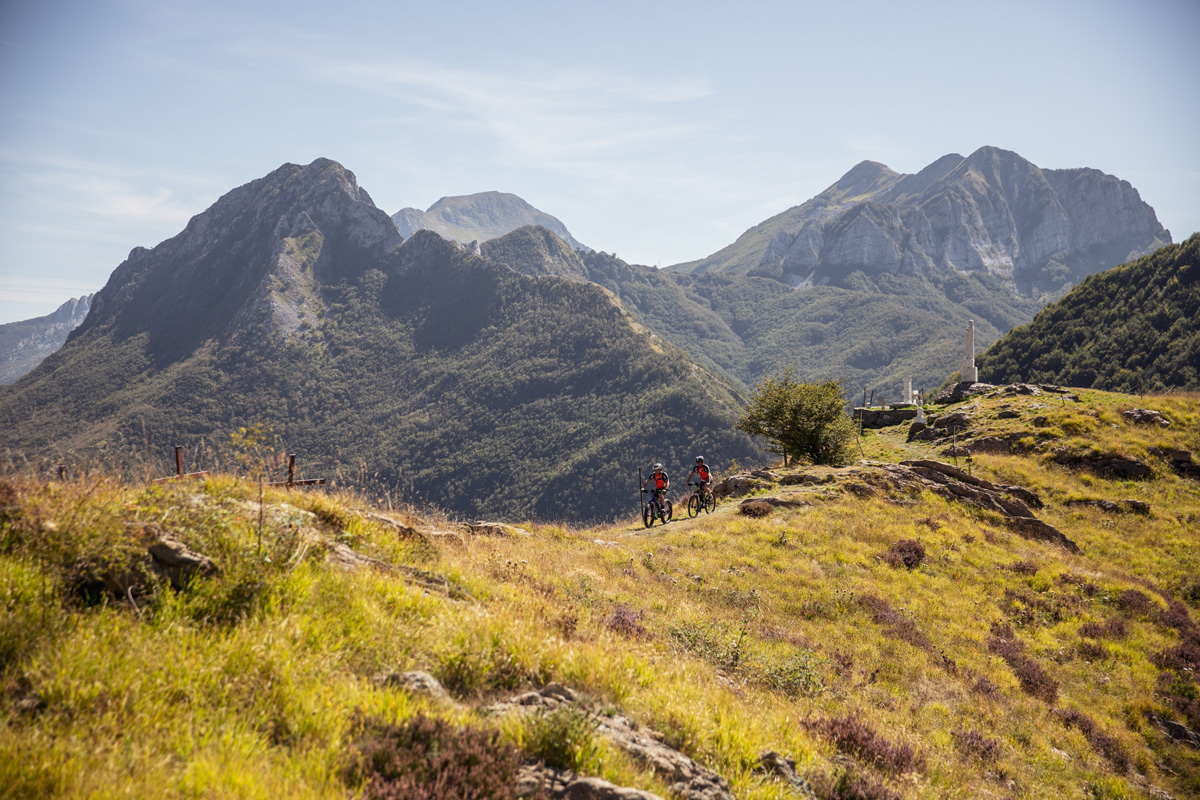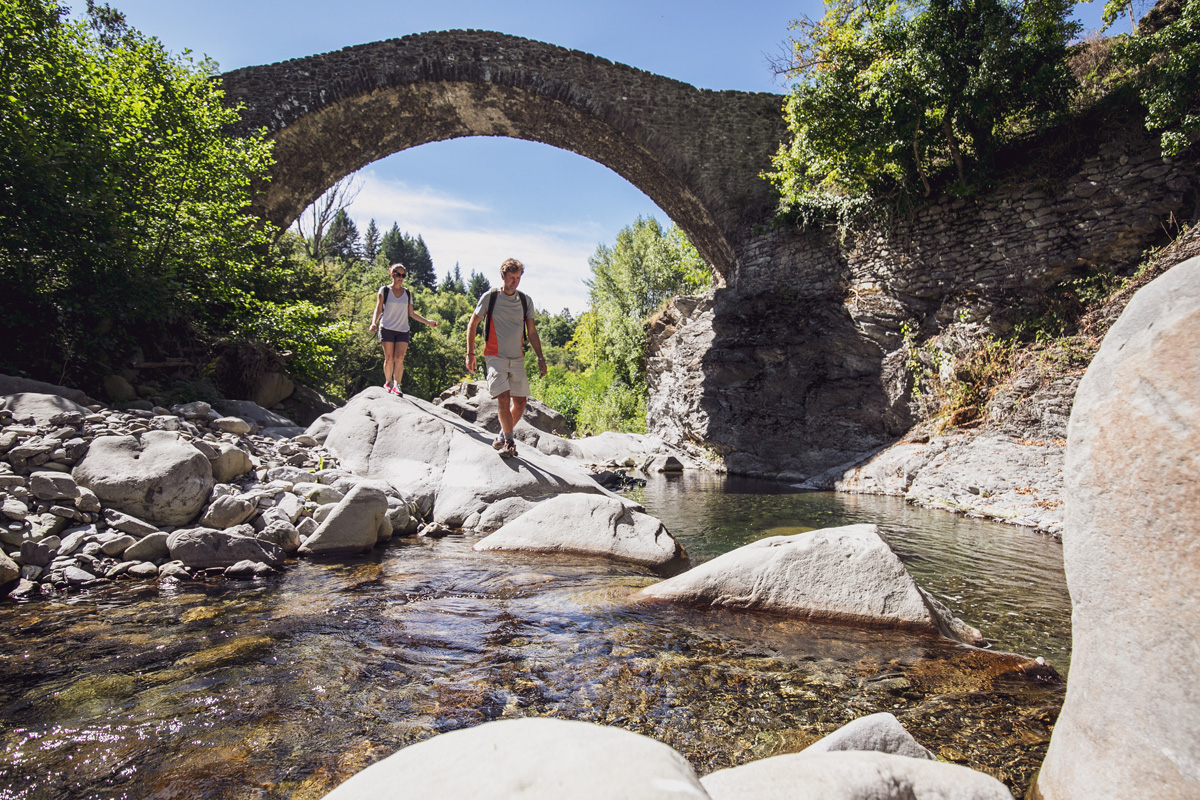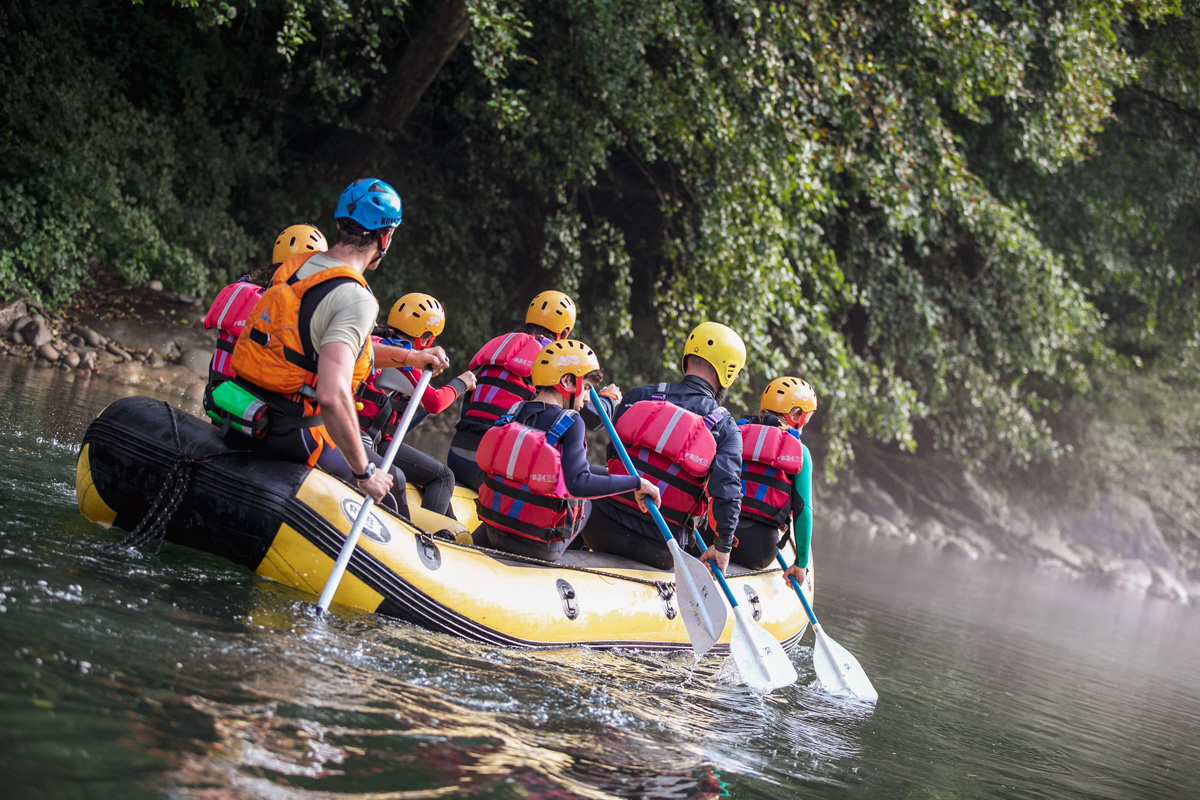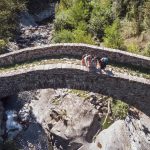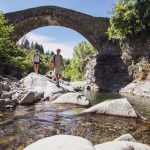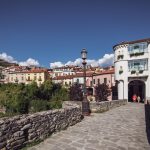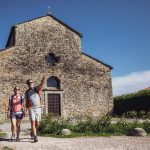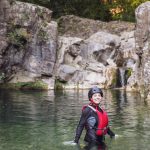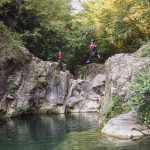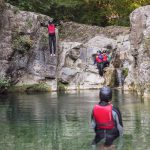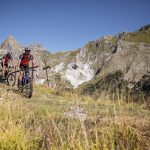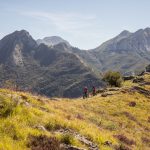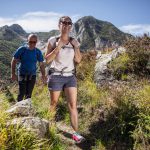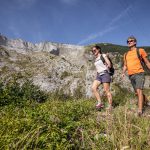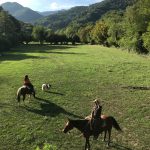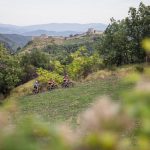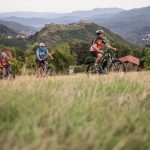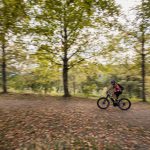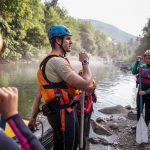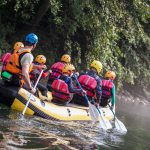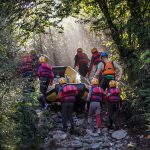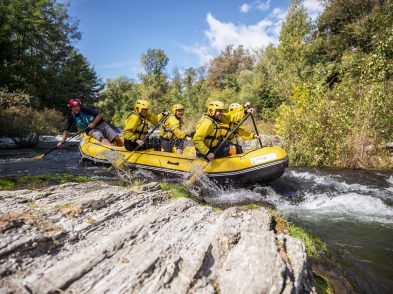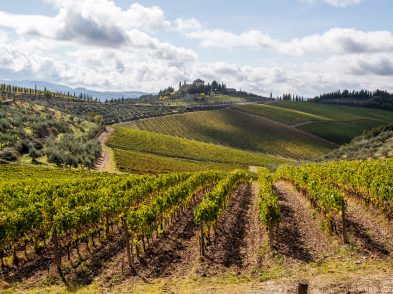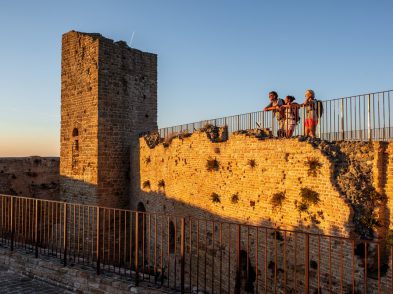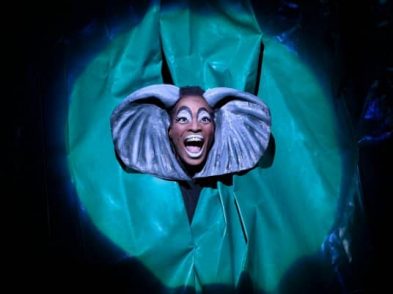Explore an authentic land at leisure: this is the recommended approach to admire the abundant riches that the Lunigiana has to offer. The northernmost patch in Tuscany, the area borders with Liguria and encompasses valleys made verdant by the Magra River, which stretch out at the foot of the Tosco-Emilian Apennines and Apuan Alps.
Away from the masses, Lunigiana’s locals proudly keep culinary, craft and folk traditions alive with a candour and simplicity that is all too rare. On foot or by bike, discover pristine scenery that changes from place to place in a halcyon expression of slow tourism along tracks and trails, down valleys and through forests, across ridges, river beds and streams. This is an unparalleled area vaunting a multifaceted landscape unlike anywhere else in Tuscany. History accentuates the experience with relics of the past often unearthed along trekking and biking routes, skirting dozens of castles, towers and fortresses that appear out of nowhere on hilltops in the greenest of valleys. What’s most striking is the symbiosis between the man-made monuments and the nature that surrounds them, the product of a balance achieved centuries ago that still maintains a certain integrity unaltered by the passage of time.
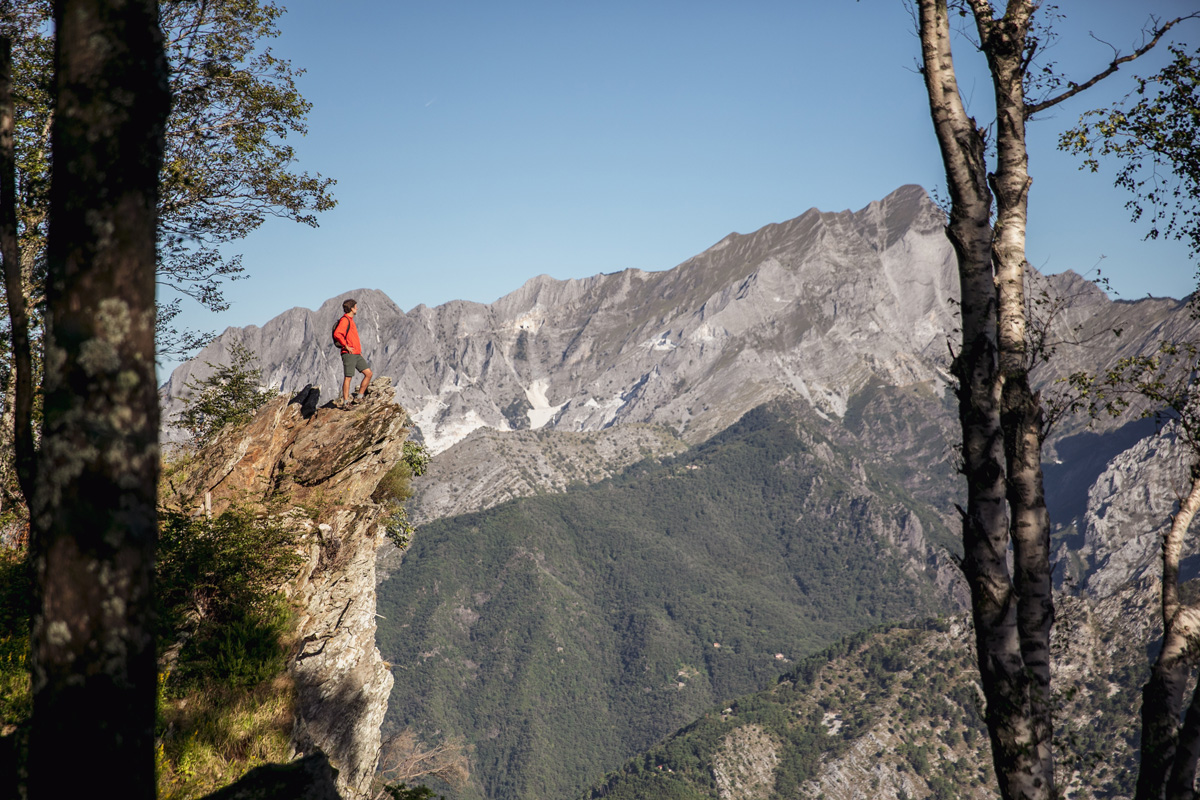
Pian della Fioba / Photo by Alice Russolo for Toscana Promozione Turistica
Pontremoli: walking and exploring
Strap on your walking boots and go back in time to the Lunigiana Castles—Pontremoli’s Piagnaro Castle, Fosdinovo’s Malaspina Castle and Gragnola’s Aquila Castle). On visiting the picture-postcard medieval villages, such as Filetto, Montereggio and Ponticello, and the Romanesque churches—Sorano, in Filattiera, Codiponte and San Paolo, in Vendaso—it wouldn’t be too much of a surprise if we were to run into an old pilgrim, a Longobard warrior, a Roman legionnaire or a Neapolitan soldier. These places wear their past on their ancient walls, living legacies for all those ready to be wooed by their charm, willing to be moved by vibrant vestiges of past times.
Moving from the front to the back of the church of Santo Stefano di Sorano, you’ll find a sandstone replica of a stele statue. It’s hard not to be drawn to these enigmatic and unsettling figures. Such is the power of these stylized human sculptures, it’s like being driven back to prehistoric times. Numerous theories surround their existence: the statues with feminine attributes recall the Mediterranean mother goddess, a symbol of life and fertility, while the male figures, usually armed, were perhaps a celebration of heroes and tribal leaders who were deified after death, or maybe they represented protective divinities. The Stele Statue Museum in Pontremoli, in Piagnaro Castle, is a treasure trove of myriad original and reproduced sculptures unearthed all over the Lunigiana.
A couple of historical tidbits: in 990, Pontremoli (or Puntremel, as it was called) became famous as the place where Sigeric, the Archbishop of Canterbury, stopped along the Via Francigena on his way back from Rome. Back in the twelfth century, the Holy Roman Emperor, Frederick II, referred to the town of Pontremoli as “clavis et iannua” (the key and the door) to Tuscany.
Cisa Pass: cycling, powerbiking and hiking
The Cisa Pass, whose highest point reaches 1,041 metres above sea level, is an old Longobard pass used to cross the Apennines throughout the Middle Ages. Today, it marks the beginning of the Tuscan section of the Via Francigena. Prepare for your soul to be stirred as you pass beneath the wooden arch, engraved with the words “Porta Toscana della Francigena” (Tuscany Gateway of the Francigena). You can almost hear the footsteps of the thousands of pilgrims who have walked here down the centuries. The feeling intensifies a few metres further on with a visit to the lovely Madonna della Guardia church, a shrine of sports strips and other items donated by champions in a variety of disciplines. In 1965, Madonna della Guardia was declared the patron saint of all sportspeople. Being in good physical shape is a requirement to scale the heights of the Cisa Pass (having a powerbike will also do the trick!). Replenish with a well-earned ice-cold beer at the coffee shop right on the border between the Tuscany and Emilia Romagna.
The Via Francigena also crosses the curious Romanesque bridge of Groppodalosio (also known as the Ponte della Valle Oscura – Bridge of the Dark Valley), whose 16-metre arch towers above the Magra River, which runs rapidly at this point. Water is another attraction of the Lunigiana: river trekking and canyoning in the Magra and in the clear mountain streams of the Tosco-Emiliano Apennine National Park. Abseiling, jumping and diving guarantee an adrenaline rush. You might want to brace yourself: the water is cold year-round.
After a day or two being active in the great outdoors, exploring this land is the perfect excuse to dig into the hearty local cooking. Devour testaroli, thin sheets of pasta cooked in traditional cast iron pots (known as testi, hence the name) to make rounds that are cut into diamonds before being boiled and served with pesto, cheese and extra-virgin olive oil. Enjoy the torte d’erbi, two pastry layers filled with eggs, cheese and greens. Restock with panigacci, made from flour, water and salt and cooked in hot earthenware pots, then served with cured meats and cheeses. Other local produce worth trying (and taking home with you) include honey, ground chestnuts, extra-virgin olive oils, Colli di Luni and Candia wines, cold cuts and cheeses made by local farmers.
GETTING THERE
Getting to the Lunigiana is easy. Take the motorway from the north (Autostrada della Cisa A15 Parma-La Spezia) or the south (Firenze-Mare A11 or Livorno-Genova A12 connecting with the A15), the train (Milano-Livorno or La Spezia-Parma) and the plane (Pisa International Airport is the nearest).
One thing’s for sure: once you’ve had a taste of the Lunigiana, you’ll want to savour it time and time again.
Check out Tuscany Adventure Times on Facebook and Instagram.
- Photos by Alice Russolo for Toscana Promozione Turistica
- Photos by Alice Russolo for Toscana Promozione Turistica
- Photos by Alice Russolo for Toscana Promozione Turistica
- Photos by Alice Russolo for Toscana Promozione Turistica
- Photos by Alice Russolo for Toscana Promozione Turistica
- Photos by Alice Russolo for Toscana Promozione Turistica
- Photos by Alice Russolo for Toscana Promozione Turistica
- Photos by Alice Russolo for Toscana Promozione Turistica
- Photos by Alice Russolo for Toscana Promozione Turistica
- Photos by Alice Russolo for Toscana Promozione Turistica
- Photos by Alice Russolo for Toscana Promozione Turistica
- Photos by Alice Russolo for Toscana Promozione Turistica
- Photos by Alice Russolo for Toscana Promozione Turistica
- Photos by Alice Russolo for Toscana Promozione Turistica
- Photos by Alice Russolo for Toscana Promozione Turistica
- Photos by Alice Russolo for Toscana Promozione Turistica
- Photos by Alice Russolo for Toscana Promozione Turistica
- Photos by Alice Russolo for Toscana Promozione Turistica
- Photos by Alice Russolo for Toscana Promozione Turistica

